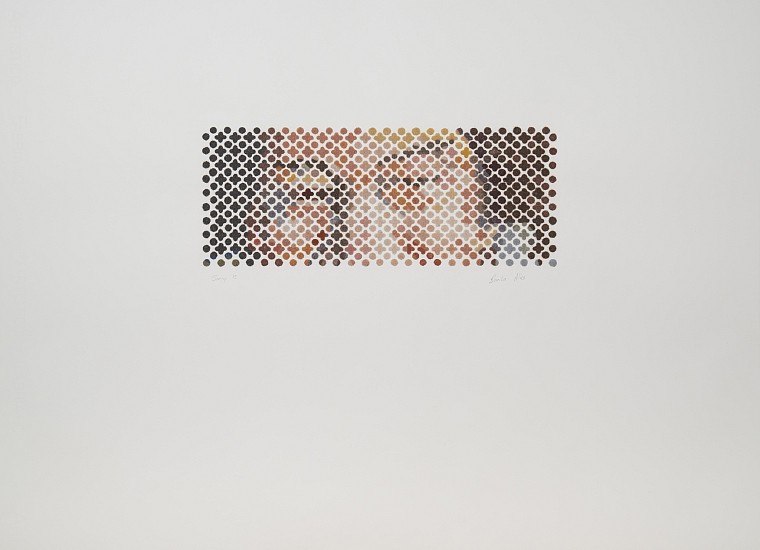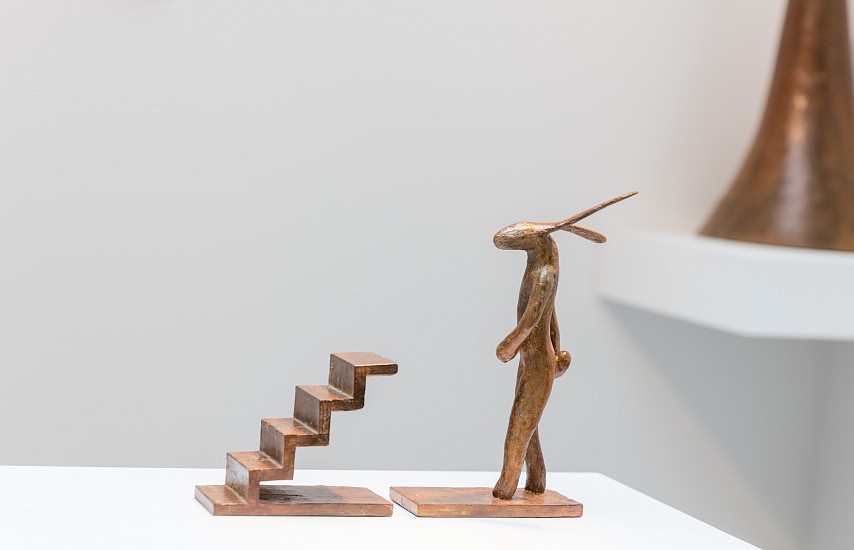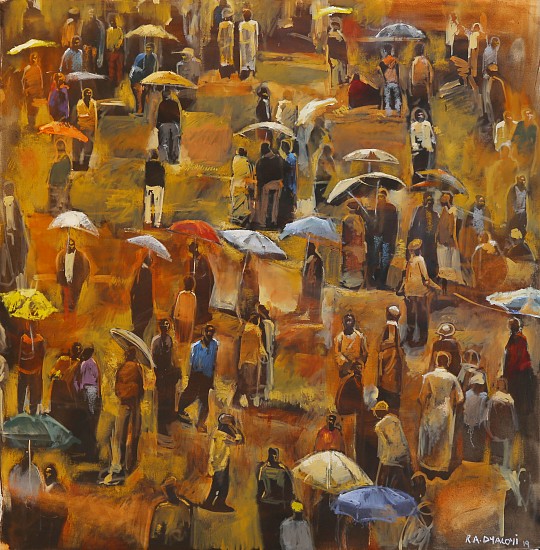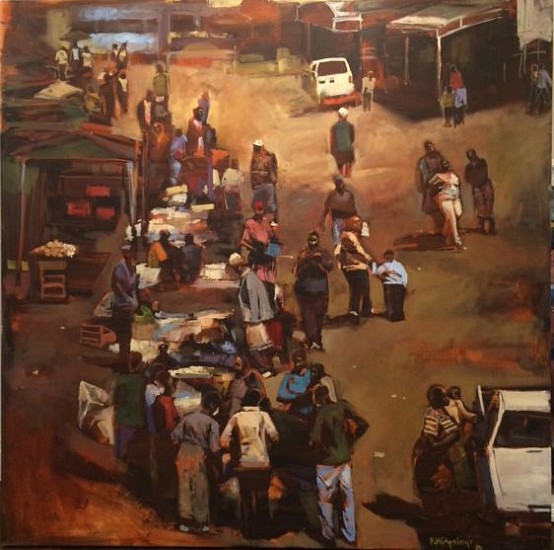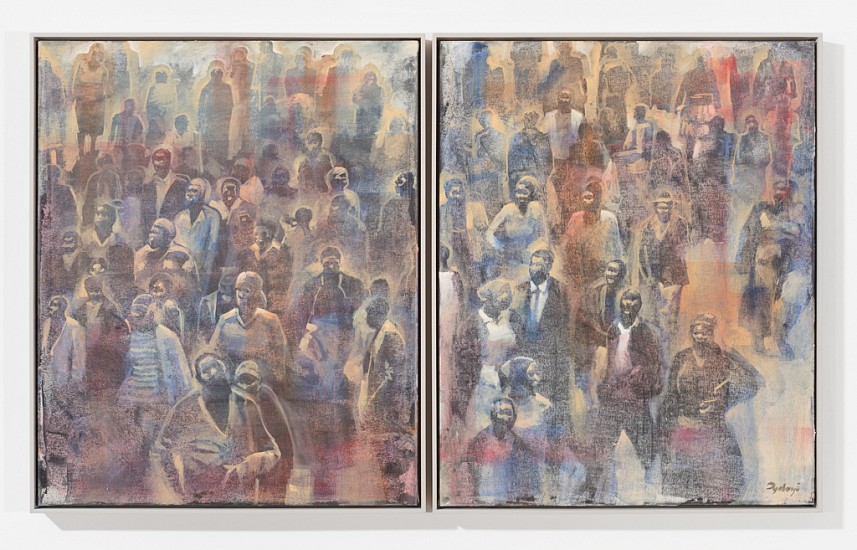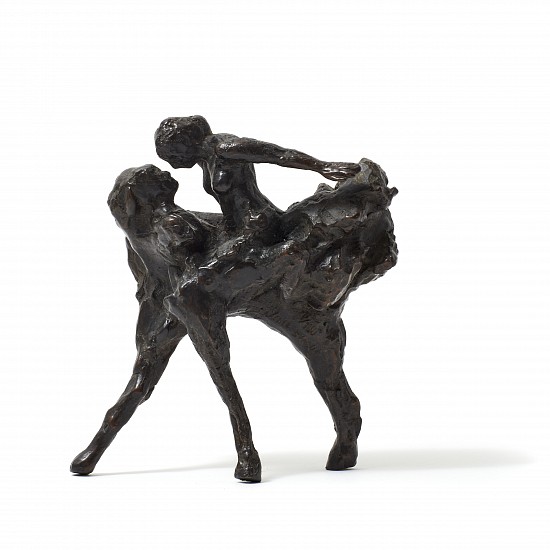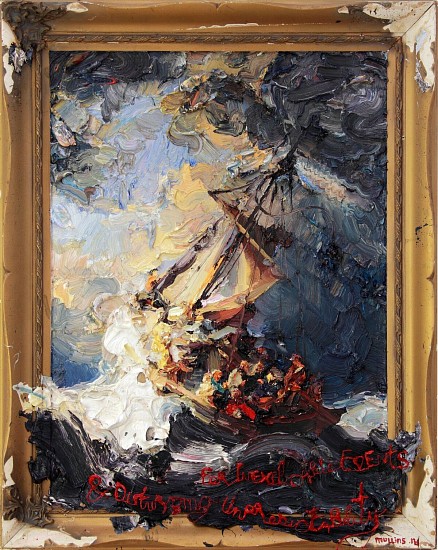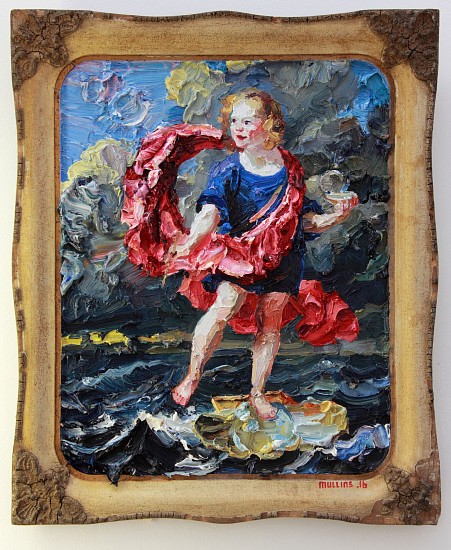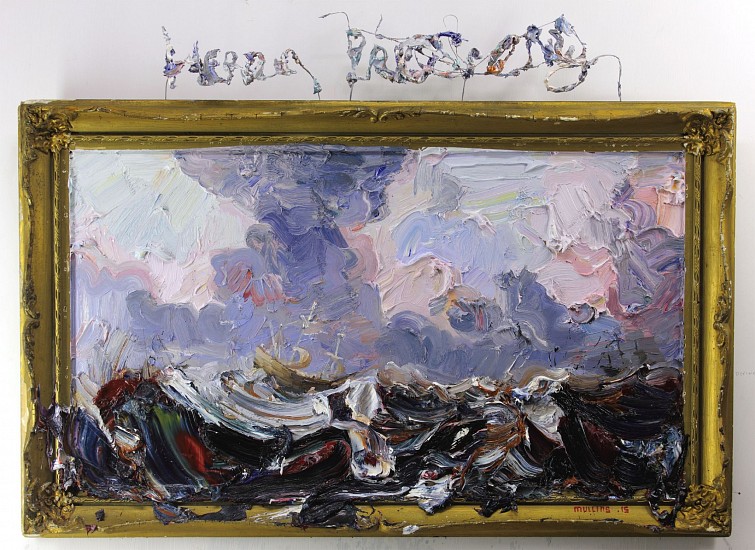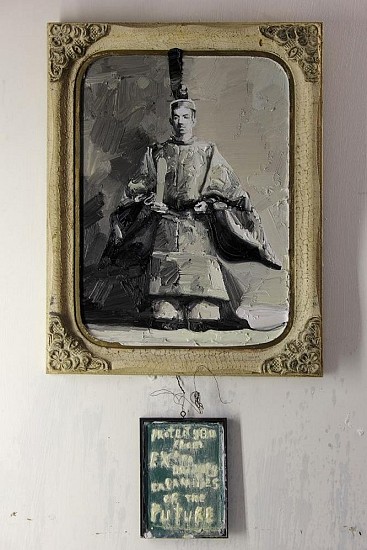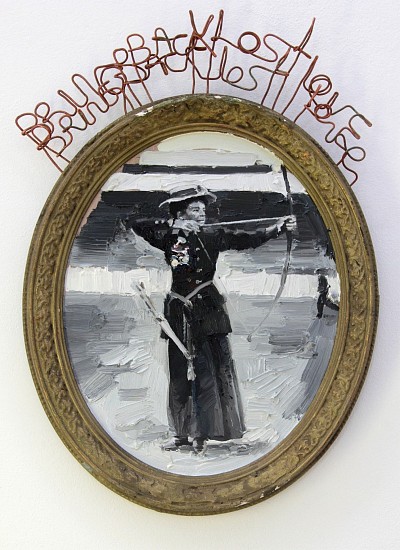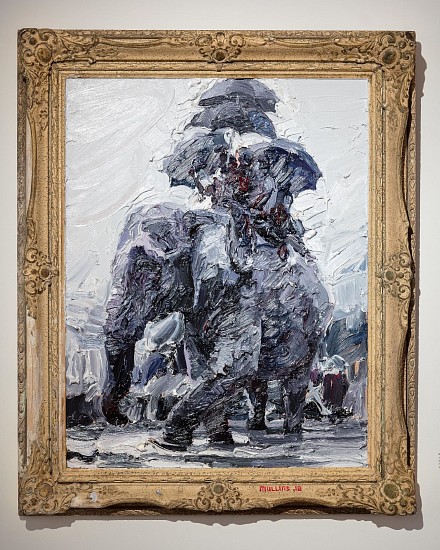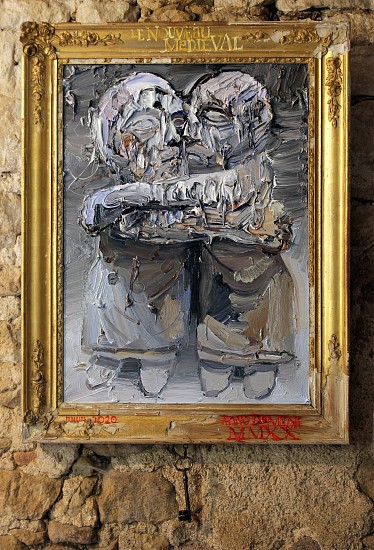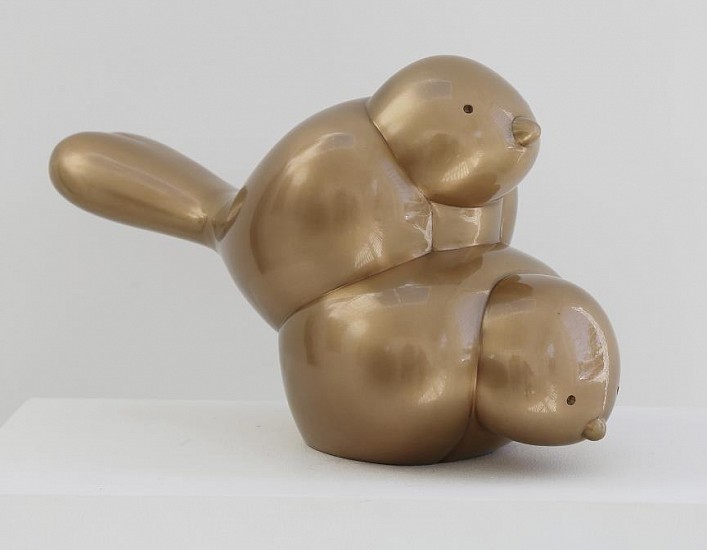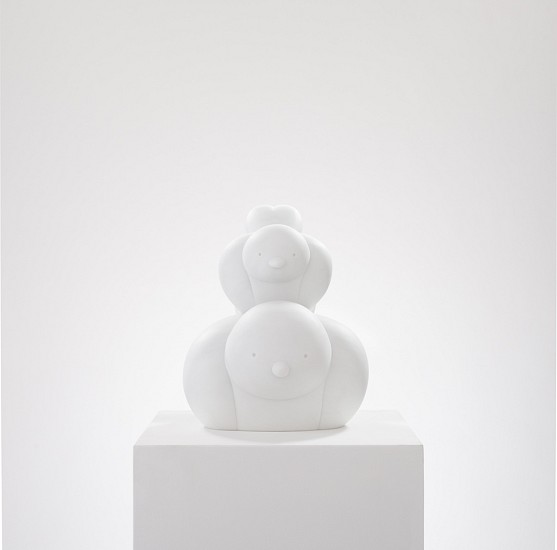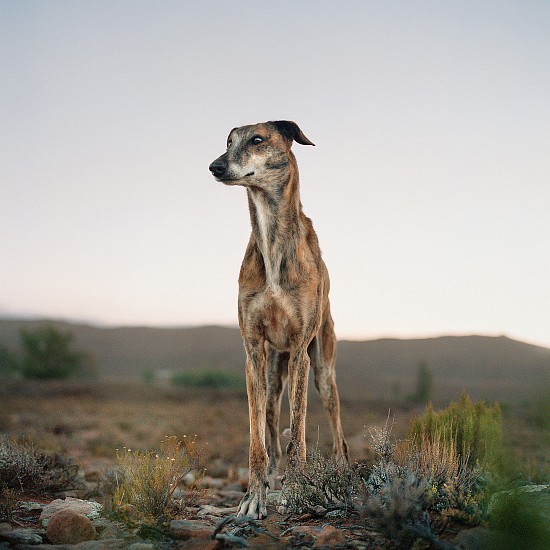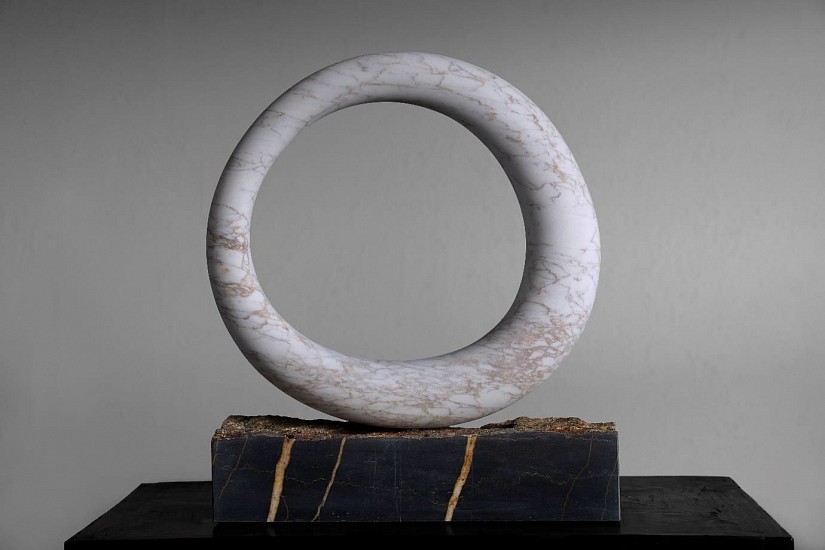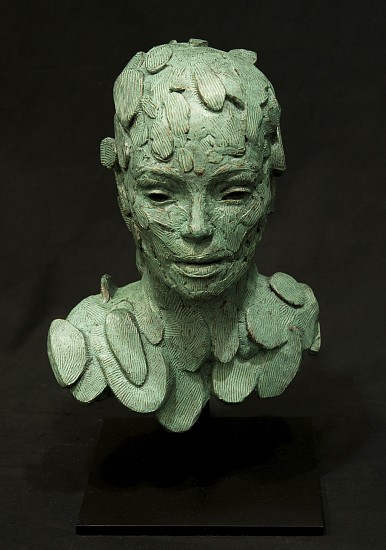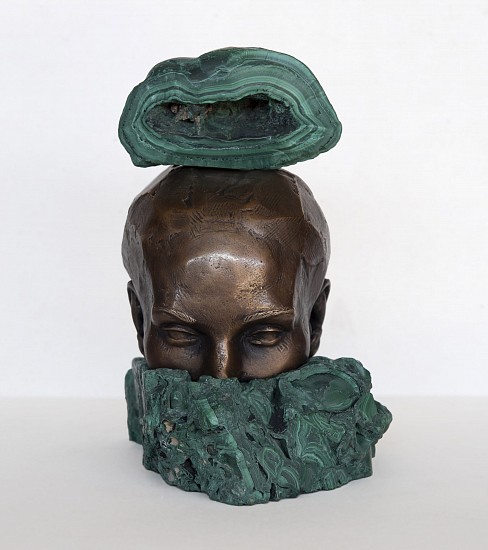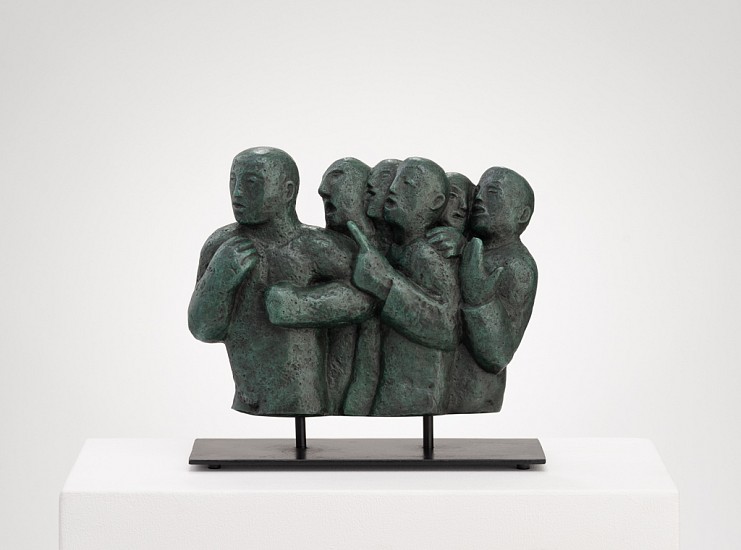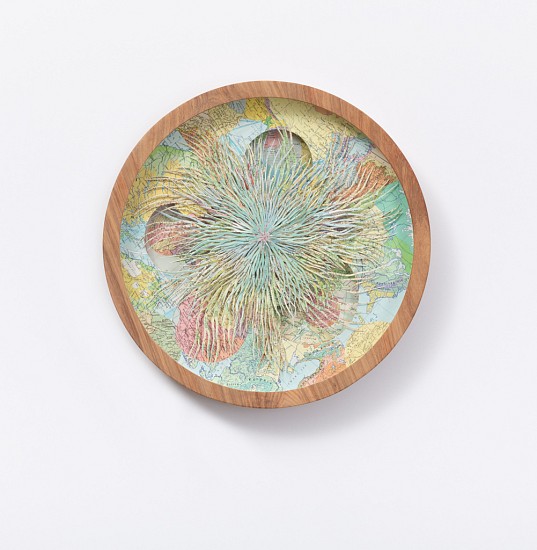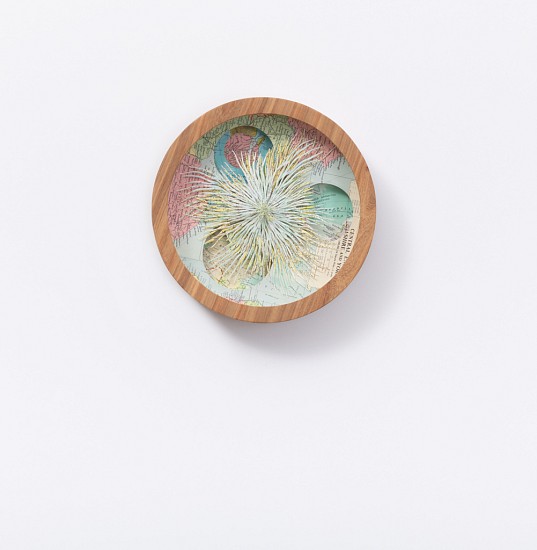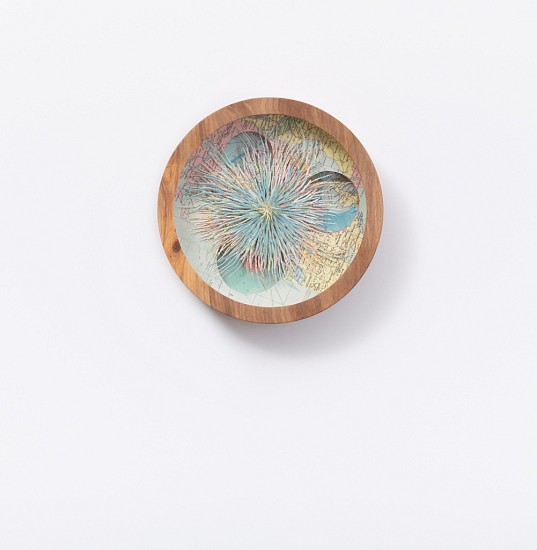DIRECTOR'S SELECTION
Cornwall based sculptor William Peers’ organic forms in Carrara or Portuguese marble are a celebration of form and shape which echo the recurring patterns in nature. They emerge from periods of intensive carving and then sanding to hone and shape their sinuous curves. In this exhibition Peers’ sculptures are offset by bespoke black Tunisian marble bases.
Contact: info@everardlondon.com
Barbara Wildenboer’s reimagined maps are ticking timepieces that speak of shifting borders shaped by geopolitics, geology, and climate, while her altered books breathe renewed life into previously prized objects that are disappearing into obsolescence in our digital age.
The artist’s use of old books and maps invites us to consider ways in which humans feel compelled to interpret, fix and navigate the mysteries of life with atlases, maps and scientific devices. Guided by her intuition, the artist herself is on a quest to understand more. Magnetism, gravity and electricity, the celestial orbits and star cycles are all phenomena ‘discovered’ by science, yet their mysteries have not yet been entirely revealed. *
*Extract from an original text by Miranthe Staden Garbett, 2020
Contact: info@everardlondon.com
Image credit: Michael Hall / Dan Weill Photography
Barbara Wildenboer’s reimagined maps are ticking timepieces that speak of shifting borders shaped by geopolitics, geology, and climate, while her altered books breathe renewed life into previously prized objects that are disappearing into obsolescence in our digital age.
The artist’s use of old books and maps invites us to consider ways in which humans feel compelled to interpret, fix and navigate the mysteries of life with atlases, maps and scientific devices. Guided by her intuition, the artist herself is on a quest to understand more. Magnetism, gravity and electricity, the celestial orbits and star cycles are all phenomena ‘discovered’ by science, yet their mysteries have not yet been entirely revealed. *
*Extract from an original text by Miranthe Staden Garbett, 2020
Contact: info@everardlondon.com
Image credit: Michael Hall / Dan Weill Photography
Barbara Wildenboer’s reimagined maps are ticking timepieces that speak of shifting borders shaped by geopolitics, geology, and climate, while her altered books breathe renewed life into previously prized objects that are disappearing into obsolescence in our digital age.
The artist’s use of old books and maps invites us to consider ways in which humans feel compelled to interpret, fix and navigate the mysteries of life with atlases, maps and scientific devices. Guided by her intuition, the artist herself is on a quest to understand more. Magnetism, gravity and electricity, the celestial orbits and star cycles are all phenomena ‘discovered’ by science, yet their mysteries have not yet been entirely revealed. *
*Extract from an original text by Miranthe Staden Garbett, 2020
Contact: info@everardlondon.com
Image credit: Michael Hall / Dan Weill Photography
























